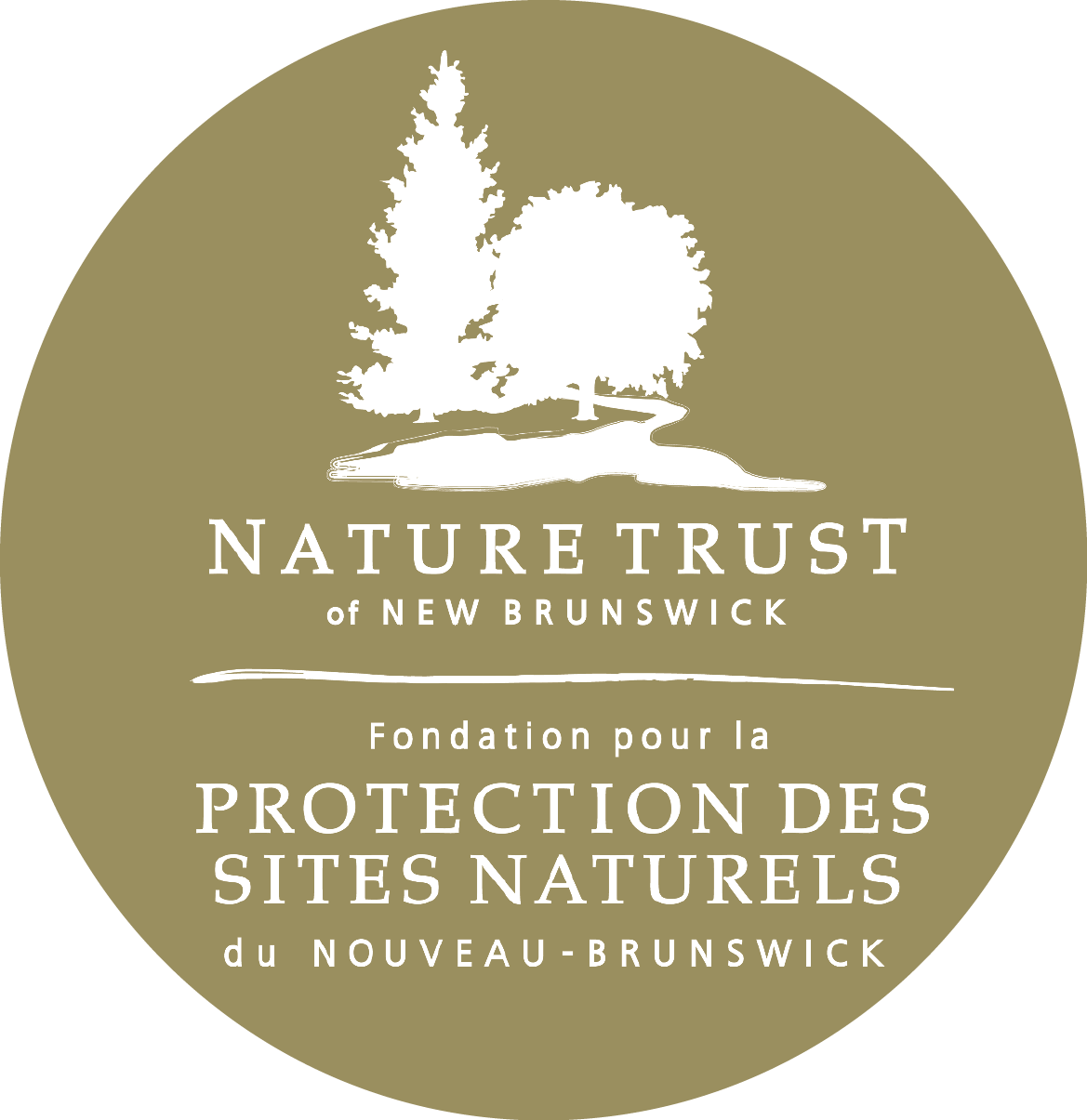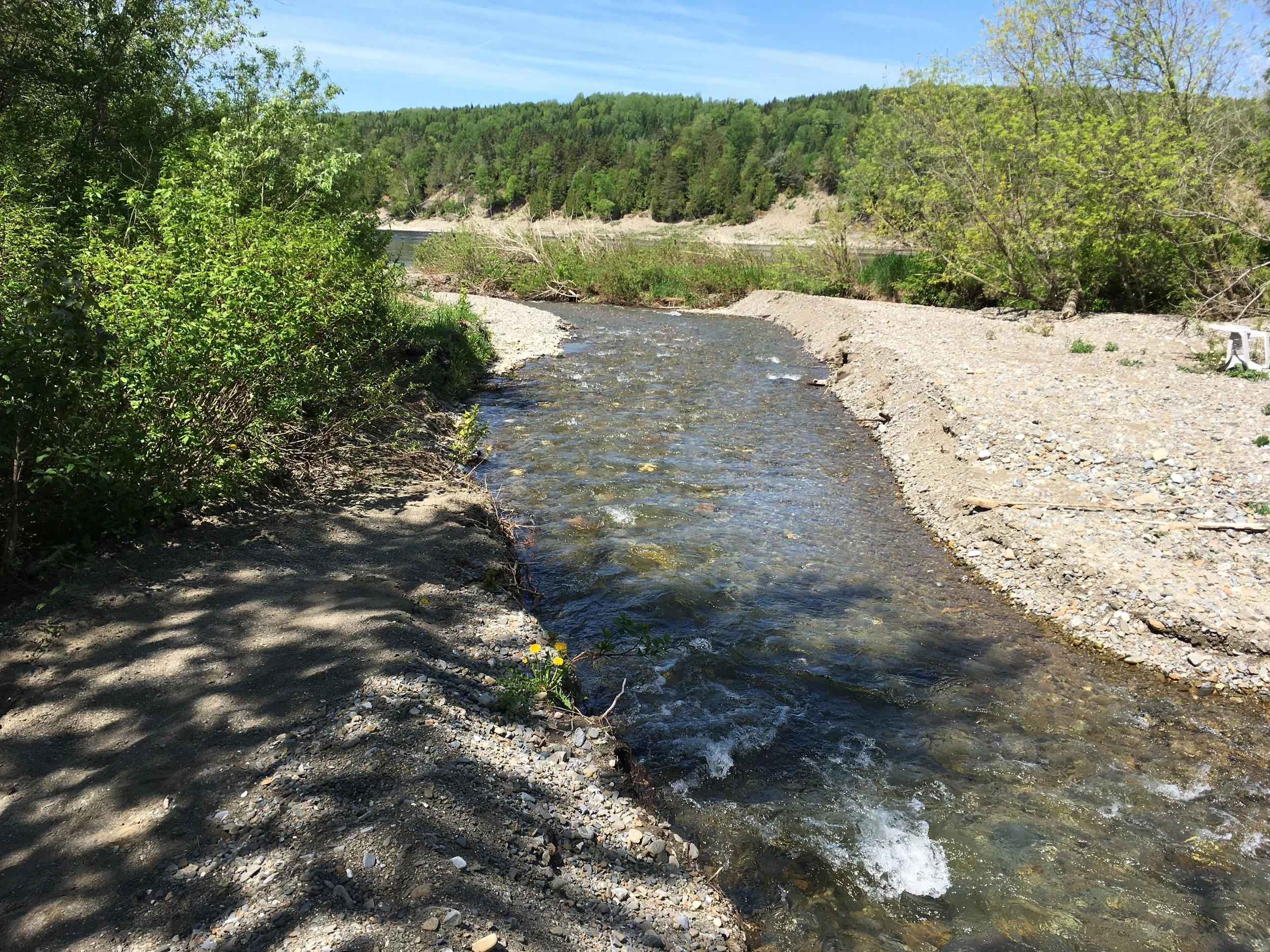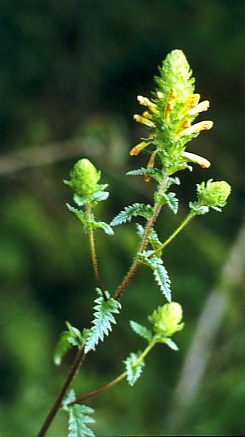Furbish's Lousewort
FURBISH’S LOUSEWORT
The importance of this significant plant and why we must work together to protect it
WRITTEN BY: AARON DOWDING, CONSERVATION PLANNING MANAGER
Talk about searching for a needle in a haystack. I had long since given up on swatting away black flies and wiping away sweat that stung my eyes, as I crouched under an alder bush along the sunny banks of the Saint John River. We were searching for a tiny cluster of fern-like leaves growing low on the ground. “Is that it? No.. wait. Maybe that’s it?” I knew if I stepped on one of the plants we sought, I chanced getting tossed into the river by one of my eagle-eyed and determined companions.
I must confess, that when I first started working on Species at Risk projects with the Nature Trust, I wasn’t terribly excited by an odd plant with an unfortunate name, Furbish’s lousewort or Pedicularis furbishae. Since then, I’ve changed my tune because this amazing plant has changed the way I look at our beautiful Saint John River.
Furbish’s lousewort has an interesting history of being discovered, declared extinct, rediscovered again, and then finally protected as an endangered species in Canada and the United States. It’s a rare plant endemic to the Saint John River in Northern New Brunswick and Maine – meaning that in the entire world, it only grows along this one river. Very few species are restricted to eastern Canada, let alone one section of one river.
First discovered in the late 1870’s by two amateur botanists from New Brunswick, it wasn’t until 1882 that a proper name was given in honour of Kate Furbish, an intrepid Maine botanist who figured out that this was an unknown species. Two local conservation heroes, George Stirrett and Fred Tribe, discovered new sites in 1977 and Mr. Tribe was one of the first to successfully grow and out-plant louseworts in an early conservation effort.
Anyone who has had the good fortune to spend time in Furbish’s lousewort country knows that the Saint John River is the gem of our province; a place that is so scenic and peaceful that you must pry yourself off the shore to leave.
If, on the other hand, you’ve been out searching for Furbish’s lousewort, you probably have taken strained eyes, back pain, and a few good stumbles home with you.
Furbish’s lousewort is a parasitic plant where roots of the young plants tap into the roots of other plants nearby in search of nitrogen. The plants then mature with the help of their hosts. When the plants finally flower in their third year, just a single species is known to pollinate their flowers - the Half-black bumblebee (Bombus vagans).
Botanists call this a fugitive species because it periodically pops up and then disappears along the river. Furbish’s lousewort only grows in a narrow strip of north or west-facing river shoreline where the banks are steep and moist, with shade provided by forest cover from above.
This tenacious little plant must also endure an annual onslaught of ice that scours the shoreline during the river’s spring freshet. Furbish’s lousewort has adapted to the forces of ice knocking down competitive vegetation, but every so often the ice breakup is so destructive that it can wipe out entire plant colonies or render a section of the bank unsuitable for these plants.
When I learned about these fascinating tidbits, I was hooked. I finally understood what our George Stirrett Nature Preserve, located in Victoria County, was all about. I felt like I’d been let in on another of New Brunswick’s great secrets.
There are only five Furbish's lousewort sites known in New Brunswick, the locations of which are kept confidential to protect this critically-endangered plant.
This is both an advantage and a challenge for the conservation efforts in New Brunswick; on one hand, we can focus our limited resources on five sites, however, on the other hand, our scant populations are much more vulnerable to the threats facing sensitive shoreline habitat.
As you read this, the Nature Trust is working alongside biologists from the Province of New Brunswick and the University of New Brunswick to determine the cause of recent population declines and ways to preserve this species.
Though other researchers are scouring the river shoreline in search of additional populations along the river, the key to preserving this species rests in the hands of private landowners along the river. The Nature Trust works together with people who have Furbish’s lousewort and other Species at Risk on their land so they can do their part to preserve species living on the edge.
With your membership and support, the Nature Trust can carry out this and other important work in New Brunswick as we preserve the best of what makes our province so special.
The cancellation of the Dickey-Lincoln Dam project near Allagash, Maine in 1984 has kept the northern Saint John River wild and free-flowing in this state; vast stretches of habitat for Furbish's lousewort and nearly 40 other rare plants were saved from flooding.
Furbish’s lousewort populations are known to fluctuate from time to time, however, recent surveys suggest major declines at known sites in New Brunswick by 70 to 90% since 2002; work is underway now to find ways to help this endangered species survive here.




